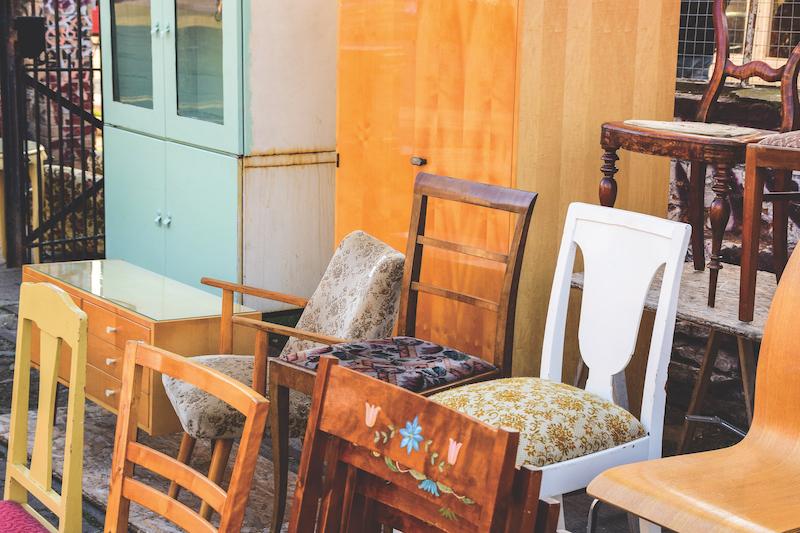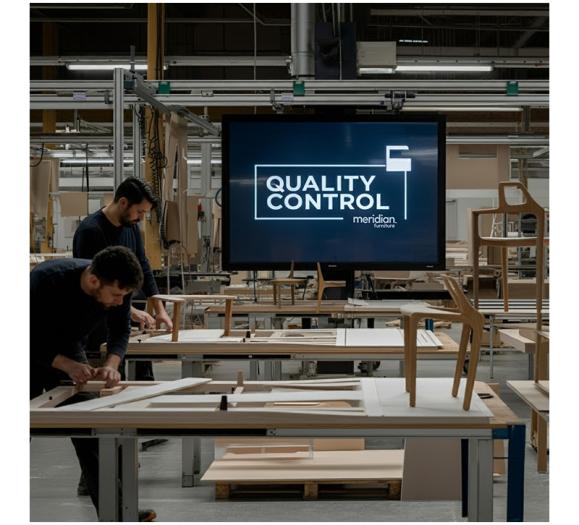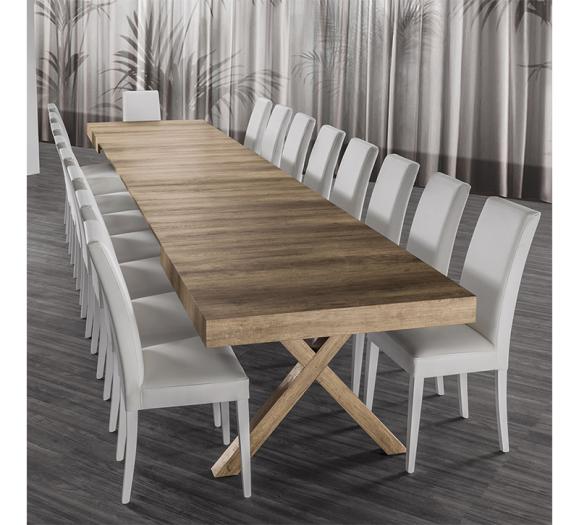The past two and a half years have dramatically changed the way people shop for furnishings: where they’re shopping, what they’re buying and how they’re buying it.
While the pandemic accelerated engagement in the home category, supply chain delays and increasing prices due to rising material, labor and transportation costs have frustrated customers and threaten to dampen their interest in the category. In this context, vintage has emerged as a compelling and increasingly mainstream alternative.
Vintage items aren’t subject to rising prices or material and production delays; they already exist, so they are ready to be shipped or are available for quick local pickup.
The one-of-a-kind nature of vintage pieces counters the big box blandness of widely available newly made goods.
The environmental benefits of recommerce are undeniable, as Chairish’s 2022 Home Furnishings Resale Report will show, with over 661,660 items sold since the company began.
Where Is Resale Growing The Fastest? At Home
While books, fashion and electronics have traditionally been the most popular resale categories, Americans have now embraced and greatly increased their spending on pre-owned home furnishings, due in part to the long lead times, supply chain challenges and rising costs affecting newly made furniture.
Since 2015, U.S. home furnishings spending has increased by 34.7 percent; in contrast, resale U.S. home furnishings grew an impressive 62.6 percent over the same period, according to GlobalData 2022 Resale Home Furnishings Market Research.
Resale Home Furnishings Will Grow 29 percent And Reach $22B By 2027
In the next five years, the home furnishings resale segment will be 29 percent larger than it was at the height of the explosive growth of 2021. In fact, this growth rate will be three times as fast as traditional retail.
So Long, Stigma: 97 Percent Of Shoppers Say There Is None
The resale market shows no signs of slowing down, with even more growth expected this year. Past concerns about buying secondhand have mostly evaporated with 97 percent of shoppers saying there is no stigma associated with buying resale furniture. No longer a niche hobby, shopping vintage has become mainstream.
The Furniture Supply Chain Snarl
For many years, the furniture industry has had a “long lead-time” challenge. Newly made items could routinely take up to 8-12 weeks to arrive. The impact of COVID combined with unprecedented conditions exacerbated the lead-time problem exponentially.
The furniture supply chain worldwide suffered major disruptions due to:
- Factory closures
- Material shortages
- Transportation limitations
- Rising material, labor and transportation costs
- Extreme weather conditions
While lead times in the furniture industry are becoming even longer, consumers’ expectations for speedy delivery are also increasing, due to overnight shipping experiences in other categories.
Resale Is Ready To Ship Now
Availability is a built-in benefit of pre-owned furniture, since vintage items by definition already exist and are ready to ship. Pre-owned items aren’t vulnerable to production delays and can be delivered via a point-to-point distribution model, reducing shipping times and transportation expenses and minimizing the environmental impact of delivery.
The option to purchase and pick up vintage products locally is also an important driver for consumers; not only does this offer convenience and fast fulfillment, but it also means purchases have a lower carbon footprint.
Vintage and antique furnishings offer shoppers style and selection that they simply can’t find with newly made products — and often for a fraction of the price. These pieces give design lovers the personality, uniqueness and environmental benefits that they want, without delays. Vintage is a market on the move.







